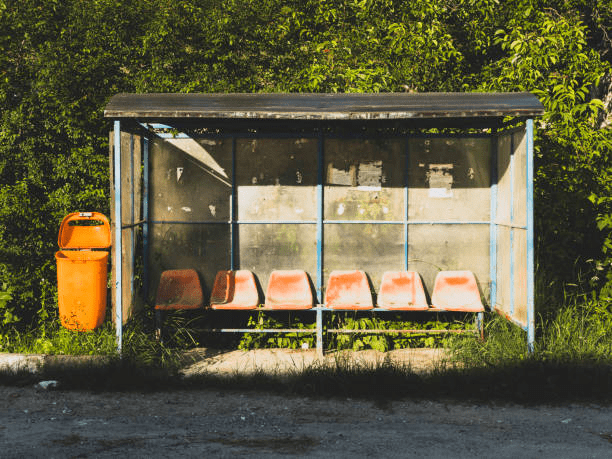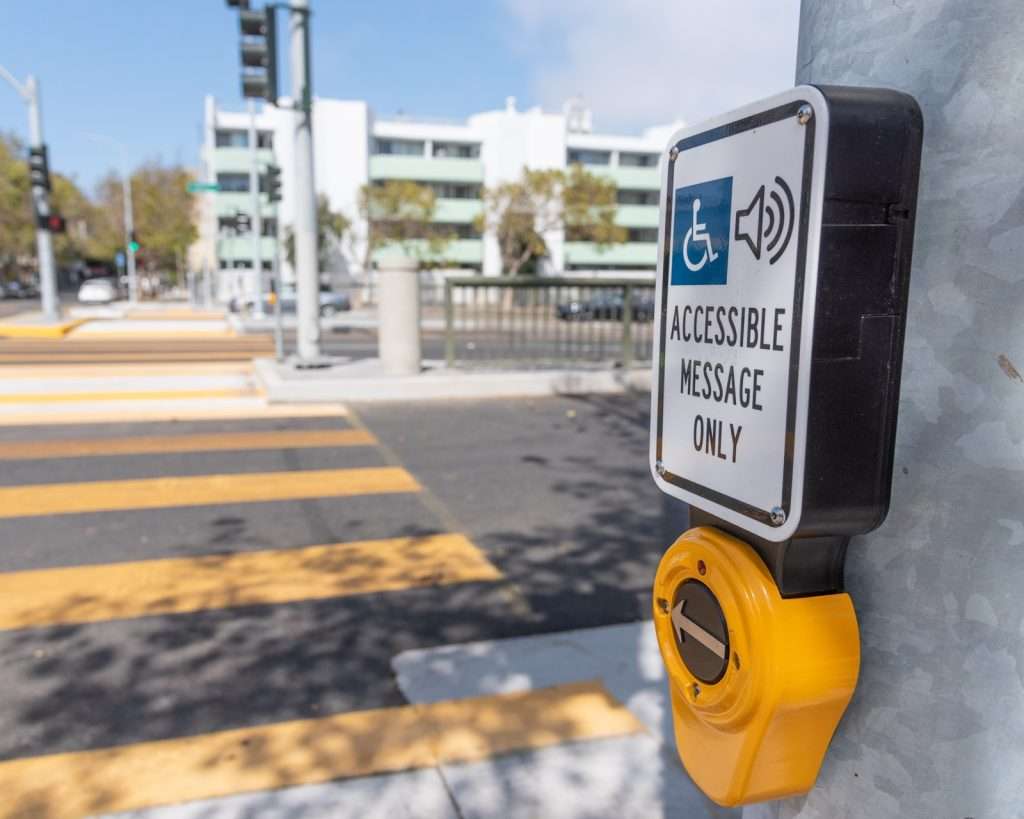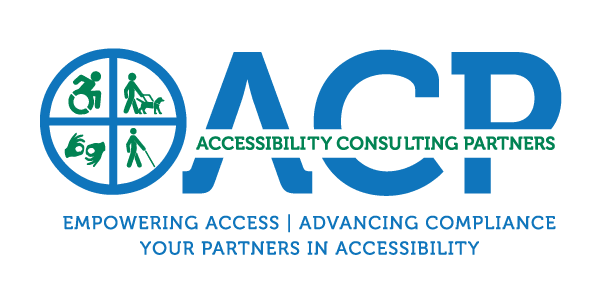“Buses. Crosswalks. Sidewalks. Equity starts with infrastructure.”
At ACP, we believe transportation equity isn’t about ticking boxes—it’s about building communities where everyone, regardless of age, ability, income, or location, can move freely and safely. Real equity starts with the physical network: streets, sidewalks, transit stops, crossings. Let’s unpack why infrastructure matters—and what’s required to get it right.
1. Equity Is Physical: You Can’t Access What Isn’t Built
We often say, “If it’s not accessible, it’s not equitable.” Think about it: a sidewalk that ends in gravel—a bus stop without a connecting walkway, curb, bench, or shelter. A crosswalk timed so quickly that people using wheelchairs can’t cross in time. These aren’t minor inconveniences—they’re barriers. For many, they eliminate any real mobility option.

Building inclusive infrastructure means having consistent sidewalks with ramps, well-designed bus stops, safe pedestrian crossings, and bus routes that reach everyday destinations, such as grocery stores, jobs, and clinics.
2. ADA Isn’t a Ceiling—It’s a Starting Line
The Americans with Disabilities Act sets critical minimum standards. But bare compliance doesn’t assure usability or dignity. At ACP, we push beyond:
- Continuous pathways without gaps or abrupt ends
- Clear, intuitive crossings with accessible signal timing
- Bus stops and shelters that are connected to sidewalks with defined platforms
- Transit vehicles equipped for all riders, with low floors and reliable boarding systems
Putting real effort into design and implementation makes infrastructure work harder and longer—while meeting legal requirements.
3. Multimodal Means Multidimensional
Transportation isn’t just cars and transit—it’s walking, rolling, biking, scooting. A truly multimodal network:
- Centers pedestrians and people who use mobility devices with safe sidewalks, curb ramps, audible signals, and tactile cues
- Supports active transportation through protected bike lanes and visible crossings
- Integrates with transit so people can walk or roll up to a station or bus stop without barriers
- Connects travel modes with wayfinding, timing, and physical clarity
Every link matters: if any mode fails, the whole system loses its potential to be equitable.

4. Listening Is Infrastructure’s Foundation
The best-designed streets come from listening to people with disabilities, older adults, caregivers, and low-income community members who often have little choice but to rely on walking and public transit. Their insight shapes:
- Where to invest—which corridors need sidewalks, walkway fixes, signal improvements, or transit upgrades
- What works day-to-day—shelter placement, seating, boarding alignments
- How to adapt—seasonal needs, lighting, snow clearance, maintenance
ACP emphasizes early and iterative community engagement—to reflect lived experience in each project truly.
5. Real Change Requires Real Investment
Standards and community feedback are only as strong as the funding behind them. Equity-focused infrastructure requires guaranteed budgets, accessible maintenance plans, and local coordination across departments, including public transit, public works, planning, and community development. At ACP, we help clients build internal capacity to prioritize accessibility in capital planning and operations.
6. Metrics That Hold Us Accountable
How do we know when equity-driven infrastructure is working? Through performance measures that are more than just checklists. We look at:
- Percentage of the network with connected, uninterrupted sidewalks
- Number of curb ramps, accessible crossings, and ADA-related service requests closed on time
- Transit stop accessibility audits and follow-through
- Ridership across demographics before and after upgrades
- Community satisfaction, captured through inclusive surveys and participatory evaluation
We partner with agencies ready to measure—and then improve.
The Takeaway
Infrastructure is the DNA of equitable transit. Your community’s street network tells its story—whether older adults can shop independently, whether wheelchair users can get to work, whether young people can bike or walk to school with confidence.
Building ADA-compliant multimodal networks isn’t just compliance—it’s commitment. At ACP, we’re proud to support clients in turning equitable infrastructure from aspiration into action—one sidewalk, shelter, and bus stop at a time.
Let’s talk. If your city, agency, or developer is ready to build infrastructure that delivers accurate transportation equity, ACP is here to walk (or roll) with you.
